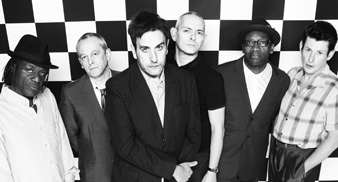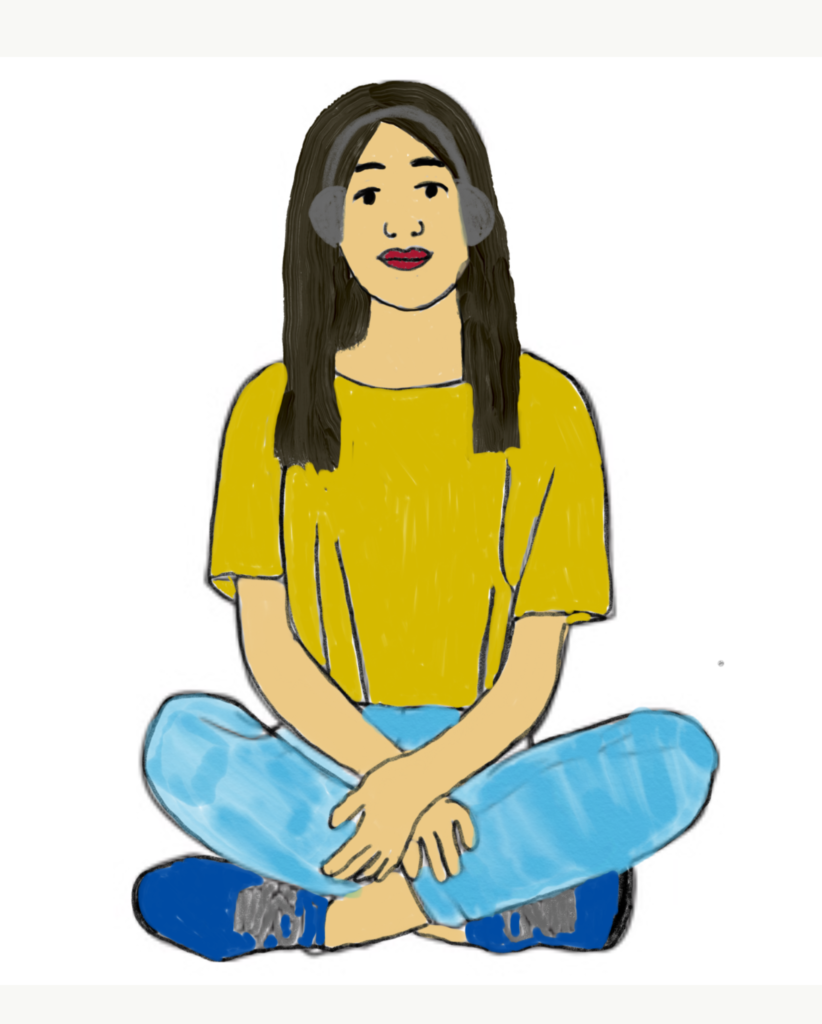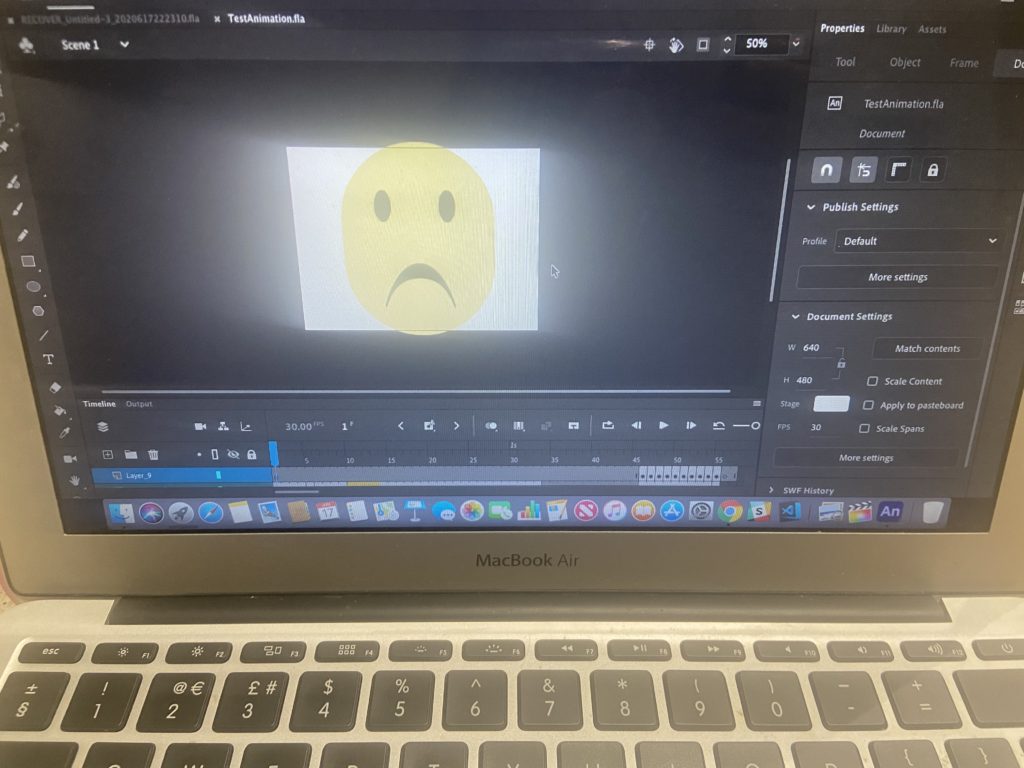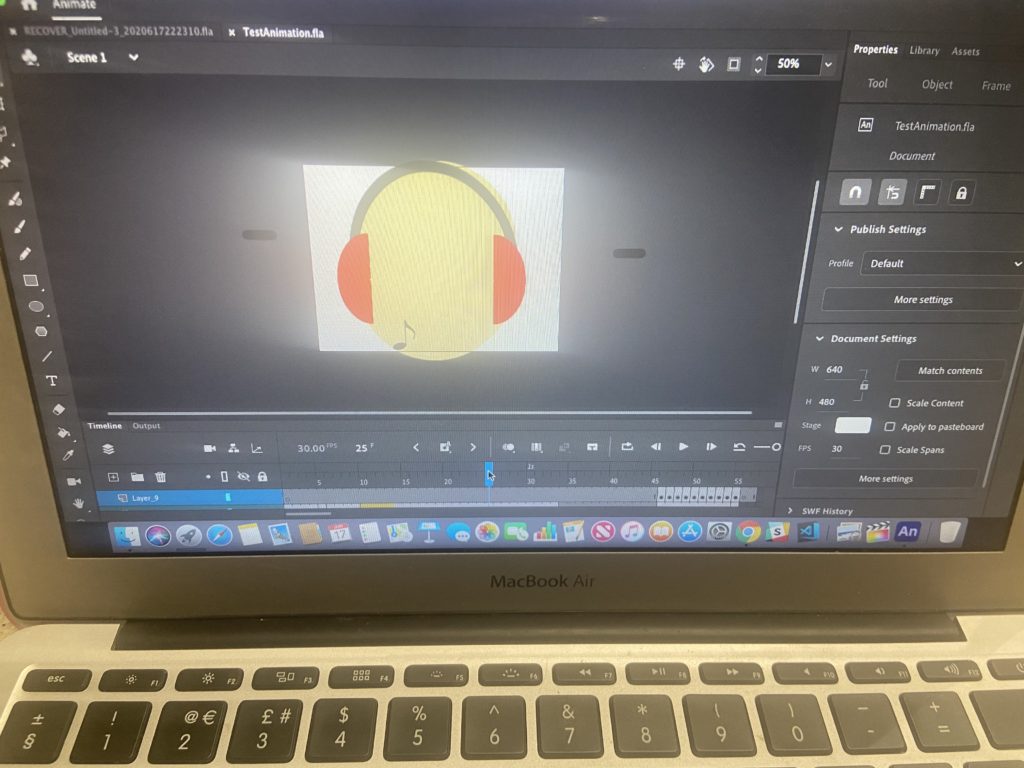Overview
- Postmodernism can be understood as a philosophy that is characterised by concepts such as RE-IMAGINING, PASTICHE, PARODY, COPY, BRICOLAGE.
- It’s an approach towards understanding, knowledge, life, being, art, technology, culture, sociology, philosophy, politics and history that is REFERENTIAL – in that it often refers to and often copies other things in order to understand itself.
- When you copy, new meanings can be made
Parody vs Pastiche
- Pastiche is a piece of work, such as art, drama, literature, music, or architecture which imitates the work of a previous artist
- Parody is a work or performance that imitates another work or performance with ridicule or irony or joke, or taking the mick
- “The Simpsons relishes its self-referentiality and frequently engages in pastiche” – Gray (2006:5)
Intertextuality: surface signs, gestures & play
- As Shuker notes, two points are frequently made about music videos: ‘their preoccupation with visual style, and associated with this, their status as key exemplars of ‘postmodern’ texts.’ (2001:167).
- The fragmentary, decentred nature of music videos that break up traditional understandings of time and space so that audiences are ‘no longer able to distinguish ‘fiction’ from ‘reality’, part of the postmodern condition’ (ibid).
- BRICOLAGE is a useful term to apply to postmodernist texts as it ‘involves the rearrangement and juxtaposition of previously unconnected signs to produce new codes of meaning’ (Barker & Jane, 2016:237).
- Similarly, INTERTEXTUALITY suggests signs only have meaning in reference to other signs and that meaning is therefore a complex process of decoding/encoding with individuals both taking and creating meaning in the process of reading texts.
- Postmodernism can therefore be understood (more than other creative movements) as deliberate, intended, self-conscious play (about play?), signs about signs, notes to notes
- Often (and again unlike other creative movements such as modernism or structuralism – see below) this may be frivolous, trite, casual, surface, throw-away. It may even be ironic, joking, or literally, ‘just playing’. However, it is always a deliberate copy (of the old).
- Therefore, the old has been re-worked into something new, which clearly entails a recognition (a nod and a wink) to what it was and where it came from. In this sense, postmodernism works in terms REITERATION
- “the concept that the meaning of a text does not reside in the text, but is produced by the reader in relation not only to the text in question, but also the complex network of texts invoked in the reading process.“
Surface and style over substance
- If it the priority is play, then the emphasis is on the surface, in other words, if the main focus is the idea of just connecting one product to another, then the focus is superficial, shallow, lacking depth, so ‘in a postmodern world, surfaces and style become the most important defining features of the mass media and popular culture‘ (Strinati: 234).
- In terms of the key principles of art and design the priority is in formal elements: of shape, colour, texture, movement, space, time and so on.
- As opposed to more discursive principles of: narrative, character, motivation, theme, ideology. Or put simply: STYLE OVER SUBSTANCE. Put another way, are we more interested in the surface of an object than its’ inner meaning?
A brief economic, historical and societal backdrop to Postmodernism.
- In 1959, Richard Hoggart (Uses of Literacy) noted the shift in modern societies particularly the impact on our ‘neighborhood lives’, which was ‘an extremely local life, in which everything is remarkably near‘ (1959:46).
- As John Urry comments, this was ‘life centred upon groups of known streets’ where there was ‘relatively little separation of production and consumption‘ (2014:76).
- Thus, a characteristic of modern (postmodern?) societies, is the creation, development and concentration of centres of high consumption, with a displacement of both consumption and production that has radically altered the nature of societies and individuals living in them.
- This approach in terms of postmodernism is associated with Fredric Jameson‘s 1984 essay, and subsequently 1991 book; Postmodernism, or the Cultural Logic of Late Capitalism which located postmodern culture (for example, music videos) in the expression of a new phase of capitalism, one which was aggressively consumerist, rampantly commodifying all of society as potential new markets.
- For many this is reflective of the new global economy (globalisation), which has created a high polarized class division between the rich and the poor / underclass made possible through the rapid increase of new forms of technological developments.
- For instance, it may be possible to identify the extent to which our economic experience is now characterised by what we buy (consumption) than what we make (production).
- In other words, there is an argument that postmodern culture is a consumer culture, where the emphasis on style eclipses the emphasis on utility or need
Fragmentary consumption = Fragementary identities.
- This process of fragmented consumption separating, splitting up and dividing previously homogeneous groups such as, friends, the family, the neighborhood, the local community, the town, the county, the country and importantly, is often linked to the process of fragmented identity construction.
- “Putting it very simply, the transition from substance to style is linked to a transition from production to consumption” – Strinati (235)
- So in summary, the focus on FRAGMENTATION OF IDENTITY is characterised and linked to an increase of consumption and the proliferation of new forms of digital technologies.
- In effect, another key characteristic of postmodernism is the development of fragmented, alienated individuals living (precariously) in fragmented societies.
The loss of a meta narrative
- Although Postmodernism sometimes refers to architectural movements in the 1930’s the most significant emergent point is to be found in the 1980’s with clear philosophical articulations from eminent thinkers such as Jürgen Habermas, Jean Baudrillard, Jean-Francois Lyotard, Fredric Jameson and others.
- Fredric Jameson claimed that Postmodernism is characterized by pastiche rather than parody which represents a crisis in historicity.
- Jameson argued that parody implies a moral judgment or a comparison with previous societal norms.
- Whereas pastiche, such as collage and other forms of juxtaposition, occur without a normative grounding and as such, do not make comment on a specific historical moment. As such, Jameson argues that the postmodern era is characterised by pastiche (not parody) and as such, suffers from a crisis in historicity.
- From a societal perspective the ‘real’ seems to be imploding in on itself, a ‘process leading to the collapse of boundaries between the real and simulations’ (Barker & Emma, 2015:242).
- A process which the French intellectual Jean Baudrillard would describe as IMPLOSION which gives rise to what he terms SIMULACRA.
- The idea that although the media has always been seen as a representation of reality – a simulation, from Baudrillard’s perspective of implosion, it is has become more than a representation or simulation and it has become SIMULACRUM not just a representation of the real, but the real itself, a grand narrative that is ‘truth‘ in its own right: an understanding of uncertain/certainty that Baudrillard terms the HYPER REAL.
- A way of understanding this comes from Baudrillard’s provocative 1991 book The Gulf War Did Not Take Place which suggests that not only was our experience and understanding of this war a ‘mediated reality’, but it was also constructed as a media experience to the extent that reality did not match mediation.
- Meta-narrative = a big, overall, story
Definitions
- Pastiche = a piece of work or art which imitates another artist.
- Parody = a piece of work or art which imitates another artist, however a parody can seem comical and is presenting irony, such as the Parody of Blurred Lines by the Women
- Bricolage = this is when something is created from a diverse range of different things. For example, there’s a “Bricolage” chain of shops in France that sell groceries, electronics, clothing and a whole range of different things
- Intertextuality = this is the shaping of a text based on another text and suggests that signs only have a meaning if they are in reference to another sign
- Metanarrative = a big, overall story; meta = big/overall summary, narrative = story
- Hyperreality = it is the inability to distinguish something as either real or a simulation, due to its similarity from reality. For example, Dubai is a hyper-realist city as they have rebuilt sone “new and improved” wonders of the world and are currently building a new and better Taj Mahal.
- Simulacrum = although media is seen as a representation of something, a simulacrum is not just a simulation of something real, but is in fact the real thing. An example of simulacrum art is pop-art.
- Consumerist Society = a society where people give lots of time, energy and resources, which are dedicated to “consuming”. An example of this is the Kinder Egg.
- Fragmentary Identities = Something fragmented is made up of little pieces that are unconnected and a fragmented identity is therefore an identity made up if unconnected elements.
- Implosion = when a business or corporation suddenly collapses or fails
- cultural appropriation = this is when there is an inappropriate adoption of certain cultures, religions, beliefs by one person or a society consisting of members of a different culture.
- Reflexivity = it is the process that is used in production of media, which is used to draw attention to itself.


















